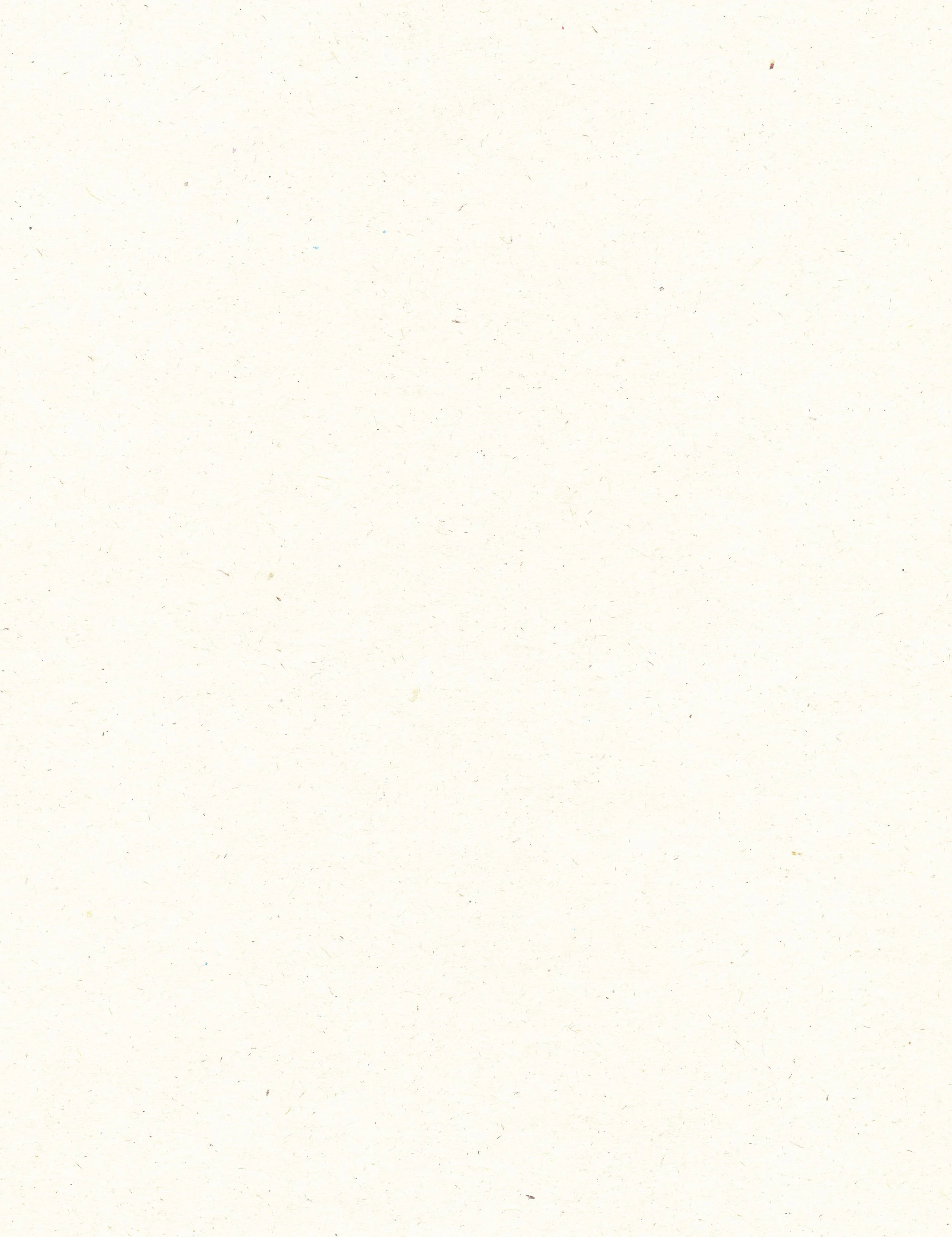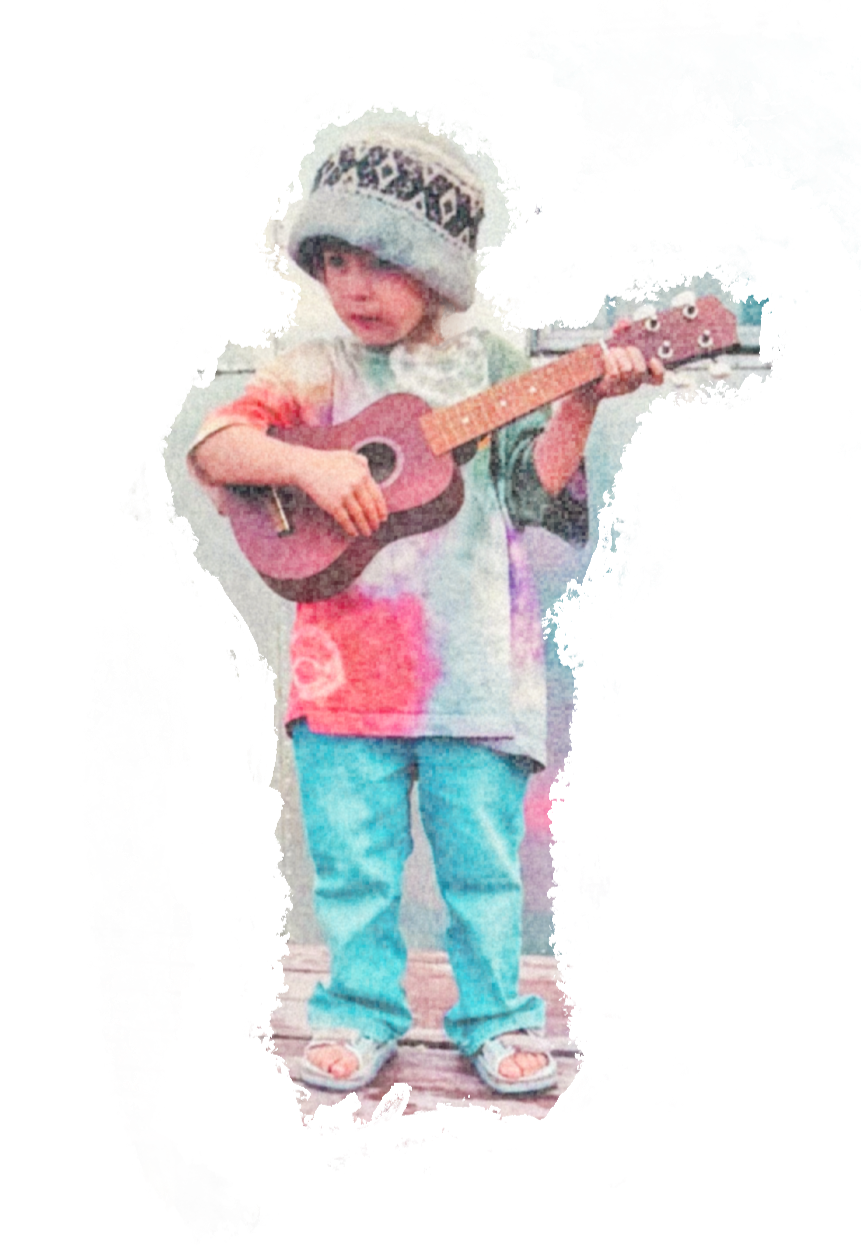

“Art, Autism And Me”
How Living with Autism Shapes What I See, and How I Turn it Into Art
By Hayden Roth
When I was a kid, I loved to spin. For ages, I would fly around and around on the metal merry-go-round at the playground, the kind that made everyone else throw up in the woodchips. I’d close my eyes to better feel my body tugged and tilted by invisible strings, then open them to watch the world stretch out into lines of colour. Amid the motion, everything was still. But when the school bell rang and the spinning stopped, the world, overexposed, snapped back into focus. Once again, nothing but noise.
I grew up making art and music. As a child who started speaking in full sentences before turning two, and who was writing poetry by pre-school, I was often labelled as “gifted.” But, most of the time, the way I experienced the world felt like the furthest thing from a gift.
The polished hallway floors wailed under a hundred gym shoes, squeaks and squeals echoing off the walls as though played by a grand orchestra of amateur clarinetists. Rows of fluorescent lights buzzed above my head, incessant as flies, their bulbs casting the walls a sharp, chemical white. Kids yelled and chairs clanged, and my brain rattled with the sound, as a small house from the angry slam of a front door.
I didn’t know, then, that I was different. I didn’t know that, much like a dog who knows through scent a world beyond what we can see, I experience life in a technicolour portrait others do not — each detail sharpened and impossible to ignore. It is only as time has passed, and as my brain has continued its endless work of untying the inner workings of the world, that I’ve begun to understand: it is the very intensity that exhausts me that also fills me with life.
The clanging of dishes in the sink, like gunfire, is what lets me hear the soft percussion of rain on soil.
The buzz of electrical wires that drills deep into my ears is what lets me rest in the steadiness of my grandma’s kitchen clock.
The blinding flashes of streetlights that burn behind my eyes are what let me notice branches moving in the wind, cutting sunlight into rhythmic flashes across my face.
The itch of a new shirt’s seam is what lets me feel the gentle fabric, softened by repetition, of clothes worn over, and over, and over again.
What makes the world too bright, too loud, too harsh is also what, when I spin, turns it soft.
Autism is hard to live with, but it’s the reason I see the world the way I do — too closely, too brightly, too loudly, but fully. My art is a record of life through my eyes, of moments that might otherwise disappear. It is, set against the noise of the world, a quiet reminder of beautiful things.








